Jacqui Rigazio is a junior at Fairfield University majoring in English/Creative Writing with a minor in Editing and Publishing. Originally from Chelmsford, Massachusetts, Jacqui has been a dancer since she was ten years old and continues dancing in her college dance ensemble today. Outside of academics and dance, Jacqui enjoys writing for her school newspaper, hosting a campus radio show, and spending time with her friends and family.
Dancing Through Development: Dance as a Theme in Young Adult Literature
I have been an avid dancer from fifth grade until the present day where I still dance in a college dance ensemble. From ballet to ballroom, I was involved in many different dance styles which kept my mind and body busy throughout my young adult years. As I grew up, dance was always my one constant. When the world around me was changing—and even when I was changing myself—I always had dance to rely on. We grew up together.
Dancing always offered me a sense of freedom and emotional release that I craved during my young adult years. It gave me power and control over my own body, and simply just made me feel good to do it. While I have so much to thank my dance classes for, dancing was not always a positive experience. Growing up in dance studios conditioned me to be competitive, always comparing myself to others on the dance floor. As a young girl growing up and still trying to become comfortable in my body, dance put unnecessary pressure on my shoulders.
In both A Time to Dance and Every Body Looking, dance serves as an outlet of expression for these young girls as they grow up and learn about who they are. It also showcases the competitive side of dance and how easy it is to get overtaken by the need to win. These novels demonstrate how dance serves as a theme in young adult lives and provides a sense of purpose, control, and freedom to whoever is experiencing it.
Growing Into Your Skin
In A Time to Dance, Veda echos these same sentiments, and often mentions how dancing is a way of “celebrating [her] strong, skilled body // the center and source of [her] joy // the one thing [she] can count on // the one thing that never fails [her]” (Venkatraman 13). Similar to myself, Veda used dance as a source of strength, confidence, and joy during her adolescent years. Veda depends on her body in difficult times and trusts it to guide her in doing the thing that she loves the most.
After her leg amputation, Veda is faced with insecurities, doubt, and dislike of her own body, but dancing reminds her that she “can dance beauty into [her] body” (Venkatraman 25). Even when Veda does not feel like herself after losing her leg, dance proves to her that her body is still capable of accomplishing beautiful things. This gives Veda value and appreciation for her body during her young adult years, something that is very important for young adults to have as their bodies are growing and changing. It is very common for middle and high schoolers to be self-conscious of their bodies and the way that they look, but growing up with dance serves as a reminder that our bodies are strong, beautiful, and capable.
In Every Body Looking, Ada experiences a similar value for her body through dance. When she was younger, Ada was the victim of sexual assault from her cousin. Ever since this traumatic incident, her body has never felt like her own. Even when entering college, she still experienced flashbacks from the assault that made her feel like she did not have control over her body. It was only when she got involved in dance classes that she felt power and ownership of being in her own skin.
Ada says: “he will not understand the way I feel // Every time I get to dance // Is the opposite of it all // That when I tell my body to move // It can //When I tell my body to feel // It can // When I tell my body to stretch // It can // When I tell my body to try // It can // And every time // I go a little further // And every time // I learn my body is mine // And every time // I learn my body’s wishes // Are my command” (Iloh 32). Through dance, Ada is finally feeling joy and control over her body rather than the violation and shame that she has felt previously. Like Veda, dance helps Ada to reclaim her body as her own. Dance lets Ada become confident and proud of herself and the ways that she is using her body. It helps her to heal from her sexual assault and regain mastery of her own body.
Both Veda and Ada’s young adult journies are guided by dance to help them feel a sense of control and confidence over their bodies, which is a very important feeling to accomplish during the awkwardness and insecurities of young adult years. Veda expresses that when she dances, her “body // feels // whole,” which is a sentiment that both Ada, myself, and fellow dancers everywhere can relate to (Venkatraman 294).
An Emotional Outlet
Dance is a phenomenal emotional outlet for many reasons, but specifically because it does not require talking. In dance, one can simply open themselves up to the music and let their body express what they don’t know how to discuss.
For me, dance classes always provided an outlet to release any negative emotions and turn them into a beautiful form of art through movement. I utilized dance’s healing powers outside of the studio, too. At home, if I was ever in a funk or feeling down, I would go to my basement and improv to music. No one was watching, and a safe space was created between my emotions and dance. This became my go-to method for feeling better. Even on the days when I felt off for no apparent reason, dance always gave me a solution to the problems I couldn’t define. This outlet served especially useful to me when my young adult years were forever altered due to the coronavirus pandemic. Locked away in my house with no face-to-face contact with my friends, dance always helped me reconnect with myself and reminded me of the little joys in life during a time when I felt defeated.
Like myself, Ada uses this same method of release when she needs an emotional outlet. Ada expresses that “sometimes when I’m alone / I’m on a stage… and I am perfect for the beat / my arms fling up and so does my body / I leap like I know this / I move like I’m seen” (Iloh 118). When she is alone, Ada uses dance as a form of therapy to release her emotions. In this way, dance provides a satisfying feeling of renewal, erasing all other emotions in the moment and preserving the art of dancing as sacred.
The therapeutic release of dance teaches young dancers that “dance isn’t about who you are on the outside. // It’s about how you feel inside” (Venkatraman 293). Putting emotion into dance is what makes it artful. In A Time to Dance, Govinda, one of Veda’s dance teachers, tells her that dancing makes him “feel I’m in the presence of something // large and good. // It doesn’t give me answers. But I don’t need them. // For me that feeling // of wonder, of awe, of mystery, // of being in touch with something larger, // is as close as God comes” (Venkatraman 239-240). For Govinda and many other dancers across the world, dance is a spiritual activity. The art of dancing transcends past physicality and reaches a divine level; providing a cathartic feeling to dancers that is difficult to replicate through any other activity.
In young adult lives, dance is especially important in teaching the value of art. Art and expression are so important for young adults to be exposed to because they instill a value for creativity and expression. By engaging in art, young adults have an outlet to deal with overwhelming feelings while also learning about their passions and interests. Ada, Veda, and I all have dance to thank for giving us a much-needed escape from our real-life troubles during our young adult years.
Competitive Nature
In A Time to Dance, Veda recognizes that she has lost the true meaning of dance. She admits that when she was younger, she “could hear music to dance to. // When [she] grew up that music grew fainter // and [she] started to love applause” (Venkatraman 136). For Veda, dance became solely about competitions, winning, and feeling pride from applause rather than about dancing itself. At the young adult age, minds are easily influenced and are susceptible to pressure. Dance competitions can condition young adults to value competition over the art of dance. Govinda tells Veda that he thinks she “should // care more about entering people’s hearts // and elevating their souls // than about entertaining their minds” (Venkatraman 172). This proves how dance can cause young adults to become selfish. Veda is focused on winning and being praised rather than using dance as its art form.
Ada witnesses something similar at college. While scoping out the dance studios, she sees a girl dancing by herself. Her movement is beautiful until she stumbles and all of a sudden screams “NO // DO IT AGAIN” (Iloh 127). This demonstrates how dance instills a value of perfection among young adults. Perfection is impossible to reach, especially for young adults still figuring out their own lives and identities. In this way, dance can be unhealthy for growing adolescents by making them feel valued only if they are perfect.
This perfectionist mentality does not only exist in the fictional dance world. My fellow dancers from the Fairfield University Dance Ensemble shared how the high intensities of their hometown studios became too much for them.
Kelly (19) shares that competitive dance “added a whole new level of stress” to her life as a middle and high schooler. She elaborates that “there’s a very fine line of intensity that determines whether or not [dancing] is fun, because you lose focus on the fun parts of dance and only focus on winning.” Like Veda, Kelly also became consumed with winning and lost the initial reason why she started dancing; simply because she loves it.
This over-the-top competitiveness affects other aspects of a young adult’s life outside of dancing, too. A competitive nature can make a young adult feel as though everything they do has to be perfect. This leaves no leeway for failure. As young adults, you are supposed to fail and get hurt so that you can learn and grow. The competitive aspect of dance can teach young adults that they always need to be the best at whatever they do, which is a very unhealthy and unrealistic mindset to have. This can lead to unnecessary stress and anxiety over aspects of life that are supposed to be normal for teenage growth.
Another dancer, Paxton (19) shares that “when [she] was little [she] was so carefree, but now [she has] crippling anxiety” that she credits to her competitive dance studio. She elaborates “I never did [dance competitions] for myself, I always did it for my parents and my studio director.” After many years in this toxic cycle, Paxton said that “it built up a whole cycle of anxiety” in her life, and that she “couldn’t do it anymore—it was too much pressure.”
Both Paxton and Kelly’s experiences as young adult dancers demonstrate the toxic mentalities that dance can inflict upon adolescents. Even though I loved dancing throughout my young adult life, I was not exempt from these negative mentalities. Starting dance at age ten and continuing ever since meant that I was enrolled in dance classes throughout my adolescent development. While dance provided a needed emotional outlet during this stage in my life, it also conditioned my developing mind to compare myself to others constantly. As a young adult, this was a very unhealthy mental habit. From dance abilities to body image, this habit of comparison was engrained in me at a young age and is still something that affects me today, even eleven years later.
School Dance Scenes in YA Literature
Simon Vs. the Homo Sapiens Agenda by Becky Albertalli displays a similar theme of school dances bringing out peak teenage emotions. Simon, a closeted high school student, is being blackmailed by his peer, Martin, who is threatening to expose Simon’s private emails which reveal his sexuality to the student body. In exchange for not exposing these emails, Martin wants Simon to set him up with Simon’s best friend, Abby. Despite Simon’s efforts, Abby can not be convinced to like Martin.
When Abby refuses Martin’s invitation to the school dance, he lashes out at Simon. He approaches Simon and blames him for Abby’s rejection, angrily telling him “she fucking rejected me” (Albertalli 142). Out of anger and humiliation, Martin reveals that Simon is gay on their school’s anonymous blog site. For Martin, taking Abby to the school dance was the only thing his mind was fixated on, and he did not care about hurting Simon as collateral damage. Like adolescent emotions in real life, Martin puts so much pressure on the school dance to help him get the girl he has been crushing on. When this goes wrong, Martin’s reaction is extreme because it ruins his adolescent vision of having the perfect school dance with his crush. For Martin and young adults in real life, school dances can feel like the make-or-break moment of their high school careers.
Even for non-dancers, like Angus and Martin, dance still serves as a very prevalent theme in young adult literature and young adult lives. Through school dance scenes in young adult literature, adolescent emotions, nerves, romantic lives, and insecurities are showcased. Reflecting real life, these school dance scenes demonstrate the pinnacle of the teenage experience; encapsulating all of the awkward and embarrassing teenage emotions into one night of dancing in a school gymnasium.
Conclusion
Works Cited
Crutcher, Chris. Angus Bethune, In “Athletic Shorts - Six Short Stories”. Greenwillow Press, 2002.
Iloh, Candice. Every Body Looking. New York City, Penguin Random House, 2020.
Venkatraman, Padma. A Time to Dance. New York City, Penguin Random House, 2014.


















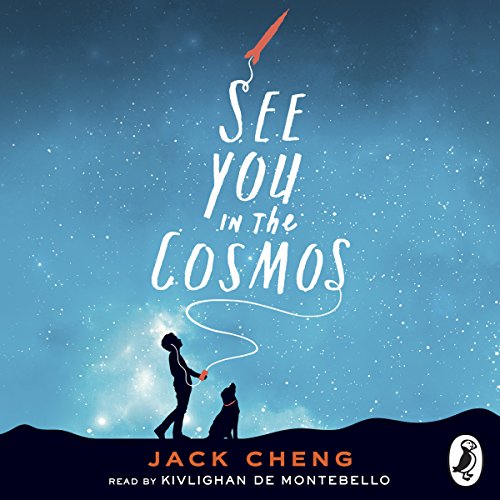


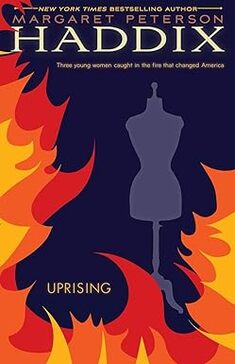







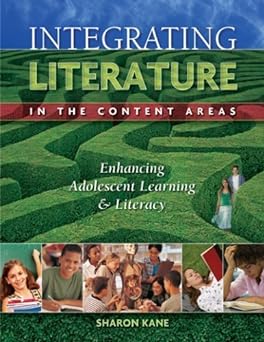
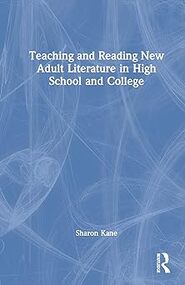
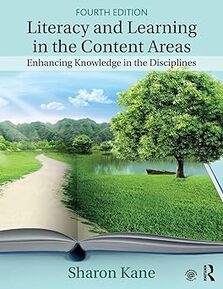




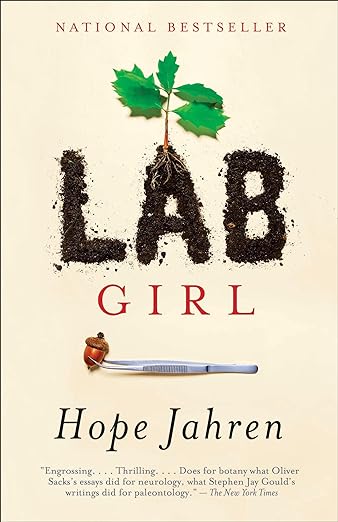
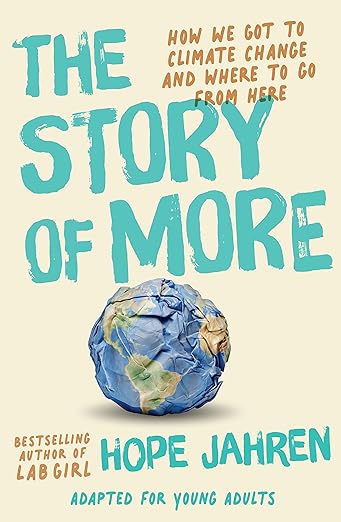











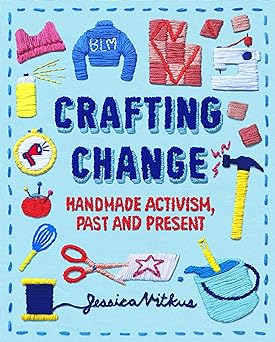
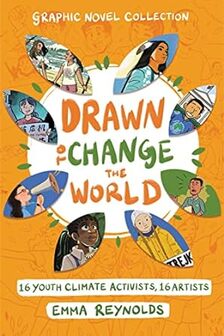

 RSS Feed
RSS Feed